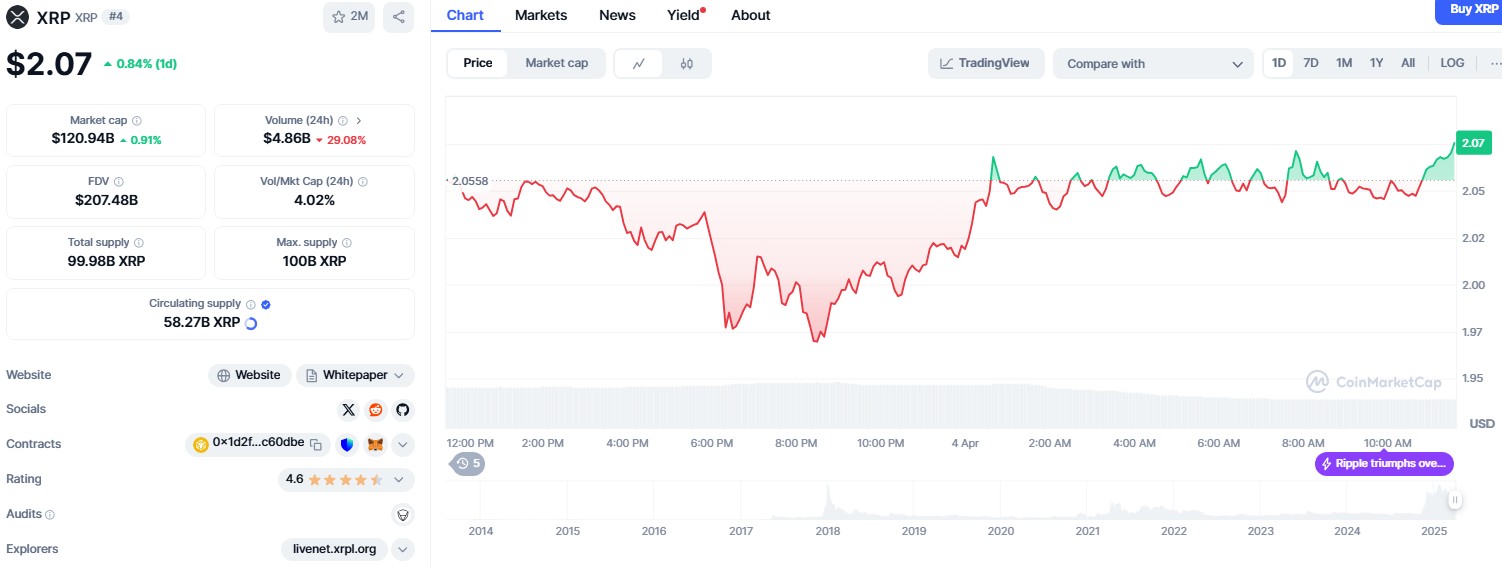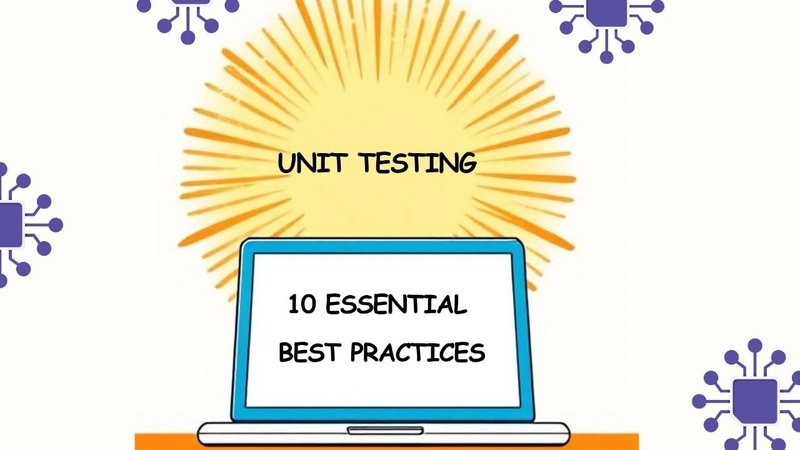Getting Started with Power BI: A Step-by-Step Guide
Power BI is a powerful tool for data visualization and analysis. If you're new to it, this guide will walk you through creating your first dashboard step by step. Step 1: Download & Install Power BI Before you start, download Power BI Desktop from Microsoft’s official website. Install it and open the application to begin. Step 2: Import Data into Power BI Once Power BI Desktop is open, follow these steps to import your dataset: Click Home → Get Data → Text/CSV. Select your CSV file and click Open. Click Load to import it into Power BI. Step 3: Transform Data To clean and structure your data, use Power Query Editor: Click Transform Data to open the Power Query Editor. Check column names and correct data types: Convert date fields to Date format. Convert sales numbers to Whole Number/Decimal. Click Close & Apply to save changes. Step 4: Create Visuals Now, let’s create some charts and key performance indicators (KPIs): Go to the Report View. Click on a Bar Chart from the Visualizations Pane. Drag Month to the X-Axis and Sales to the Y-Axis. Click on Card Visualization, and drag Total Sales to display a KPI. Step 5: Add Filters & Slicers To make the dashboard interactive: Click on Slicer Visualization. Drag Year or Region into the slicer to enable interactive filtering. Step 6: Publish Your Dashboard Once your dashboard is ready: Click Publish (top-right corner of Power BI Desktop). Sign in to Power BI Service. Share the report via a link. Download Sample Code To further enhance your Power BI learning experience, you can download sample code from the link below:
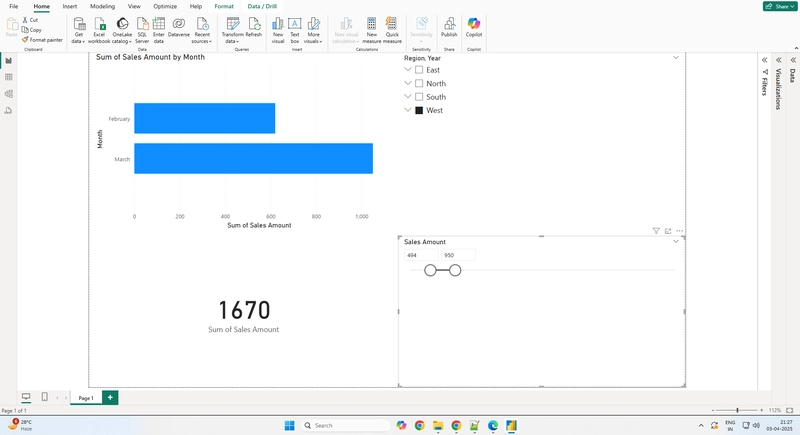
Power BI is a powerful tool for data visualization and analysis. If you're new to it, this guide will walk you through creating your first dashboard step by step.
Step 1: Download & Install Power BI
Before you start, download Power BI Desktop from Microsoft’s official website. Install it and open the application to begin.
Step 2: Import Data into Power BI
Once Power BI Desktop is open, follow these steps to import your dataset:
- Click Home → Get Data → Text/CSV.
- Select your CSV file and click Open.
- Click Load to import it into Power BI.
Step 3: Transform Data
To clean and structure your data, use Power Query Editor:
- Click Transform Data to open the Power Query Editor.
- Check column names and correct data types:
- Convert date fields to Date format.
- Convert sales numbers to Whole Number/Decimal.
- Click Close & Apply to save changes.
Step 4: Create Visuals
Now, let’s create some charts and key performance indicators (KPIs):
- Go to the Report View.
- Click on a Bar Chart from the Visualizations Pane.
- Drag Month to the X-Axis and Sales to the Y-Axis.
- Click on Card Visualization, and drag Total Sales to display a KPI.
Step 5: Add Filters & Slicers
To make the dashboard interactive:
- Click on Slicer Visualization.
- Drag Year or Region into the slicer to enable interactive filtering.
Step 6: Publish Your Dashboard
Once your dashboard is ready:
- Click Publish (top-right corner of Power BI Desktop).
- Sign in to Power BI Service.
- Share the report via a link.
Download Sample Code
To further enhance your Power BI learning experience, you can download sample code from the link below:










































































































































































![[The AI Show Episode 142]: ChatGPT’s New Image Generator, Studio Ghibli Craze and Backlash, Gemini 2.5, OpenAI Academy, 4o Updates, Vibe Marketing & xAI Acquires X](https://www.marketingaiinstitute.com/hubfs/ep%20142%20cover.png)





































































































































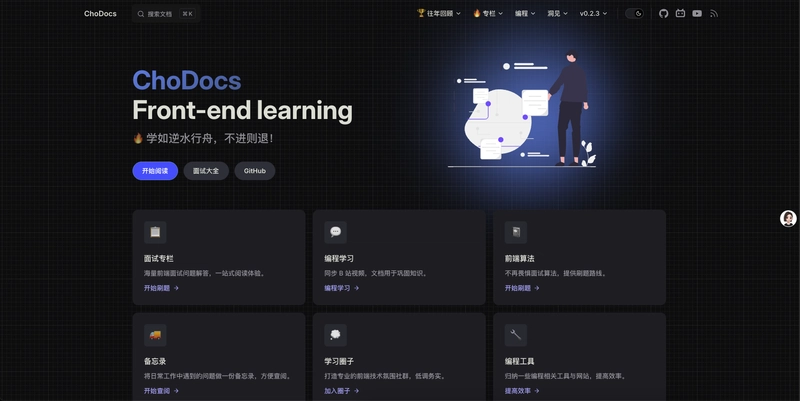










































































































.jpg?#)
















































































































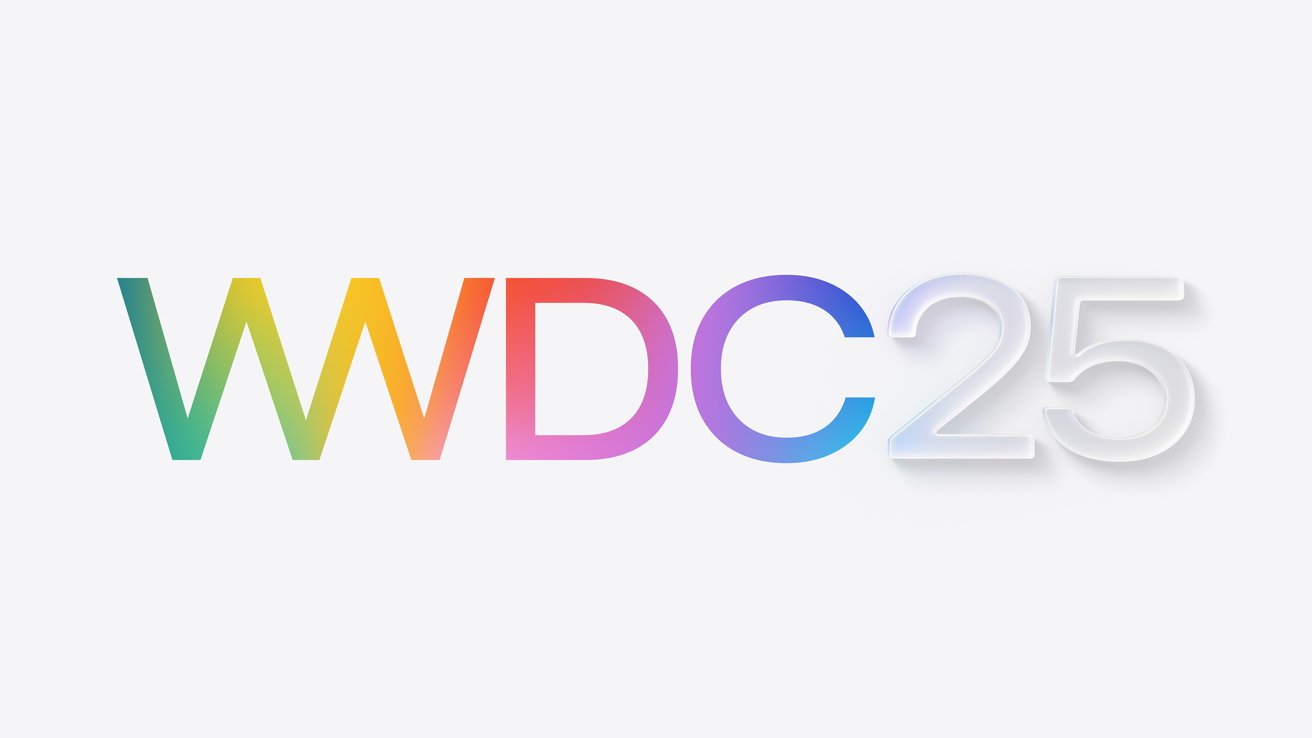




























![YouTube Announces New Creation Tools for Shorts [Video]](https://www.iclarified.com/images/news/96923/96923/96923-640.jpg)

![Apple Faces New Tariffs but Has Options to Soften the Blow [Kuo]](https://www.iclarified.com/images/news/96921/96921/96921-640.jpg)













































































































